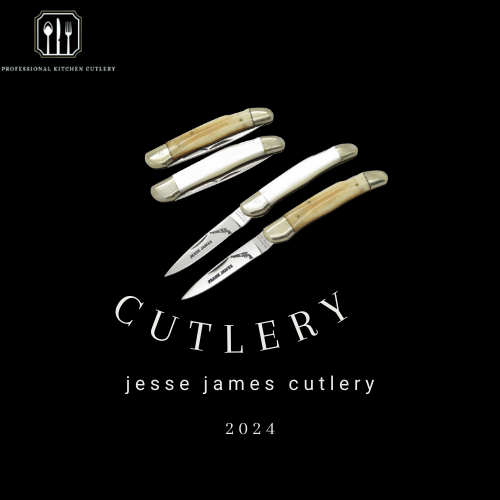what is smallest kitchen knife?
Because it fits easily in the palm of your hand, the Spyderco Bug is a little kitchen knife with a 1.27-inch blade that is ideal for little chores like peeling fruits and vegetables, trimming herbs, and other delicate cutting tasks.
How to sharpen a smallest kitchen knife?
For home cooks, a kitchen knife is an indispensable tool, and maintaining its edge is critical. To accomplish this, hold the knife at the proper angle and select the appropriate sharpening equipment, such as a ceramic mug, honing rod, or sharpening stone. For most knives, an angle of 15 to 20 degrees is appropriate.
How do I take care of my smallest kitchen knife?
The following advice can help you keep your kitchen knife sharp: Sharpen it on a regular basis using a ceramic mug, honing rod, or sharpening stone. To avoid damage and maintain the blade’s sharpness for an extended period of time, always use a cutting board. Instead of using a dishwasher, hand wash your knife in warm water with a small amount of soap.
What are some eco-friendly options for cleaning smallest kitchen knife?
Greener ways to clean a kitchen knife include making a paste with baking soda, soaking it in white vinegar, using castile soap in liquid form, or cleaning it with a solution of equal parts white vinegar and water. These techniques can be used for simple tabletop cleaning, allowing the blade to be cleaned off.
How do I know when my knife needs sharpening?
For many activities, such slicing tomatoes and onions and cutting paper, a sharp knife is a need. A blade that is rounded or dull has to be sharpened. Paper can be cut smoothly in half with a sharp knife, but if the blade rips unevenly or slides off the edge, it needs to be sharpened. Tomatoes can also be mashed with a sharp knife without applying much pressure, although it has to be sharpened if it pushes down or catches on skin.
how to store samllest kitchen knife?
Use a knife sheath, magnetic strip, or block to protect the safety and condition of your smallest kitchen knife. A knife block, which can be made of plastic, bamboo, or wood, is a secure and practical storage solution. While a knife sheath is a protective cover that can be put into for convenient storage in a drawer or on the go, a magnetic strip saves counter space and organizes knives. A drawer with a sheath or blade guard may be a good option if storage space is at a premium.
How do I dispose of my old kitchen knife?
To properly dispose of old kitchen knives, you can recycle them at a scrap metal recycling center, donate them to a local thrift store or shelter, or toss them away if they are beyond repair. If the knife is in decent shape, think about giving it to a shelter or thrift shop in your community. If that isn’t feasible, look out “knife recycling near me” online or get in touch with your county or city administration. To prevent harm to yourself and others handling the blade, wrap it in paper and store it in a box if there isn’t a nearby scrap metal recycling center.
what is the diffrence between smallest kitchen knife and regular knife?
With a 1.27-inch blade, the Spyderco Bug is a little kitchen knife perfect for delicate chores like peeling fruits and vegetables. Compared to a standard knife, which is larger and has multiple uses such as chopping, slicing, and dicing, it is smaller and more adaptable. One example of a little kitchen knife is the Spyderco Bug. For many of the jobs around the kitchen, both knives are necessary.
How do I sharpen my smallest kitchen knife?
Select the appropriate equipment, such as an honing rod, ceramic mug, or sharpening stone, and hold it at the proper angle to sharpen a kitchen knife. For most knives, an angle of 15 to 20 degrees is appropriate. Sliding up from the base to the tip, drag the blade at an angle across the tool.
To switch things up, slide the knife up from the base to the tip by bringing it under the tool. Utilizing an honing rod, sharpen the blade as few times as possible after sharpening it.
What is the difference between honing and sharpening?
There are two ways to keep a knife sharp: honing and sharpening. Using an honing steel, a thin steel or ceramic rod, to realign the blade’s edge and smooth out burrs is the process of honing. On the other hand, sharpening entails using a flat stone called a sharpening stone to remove material from the blade in order to create a fresh edge.



